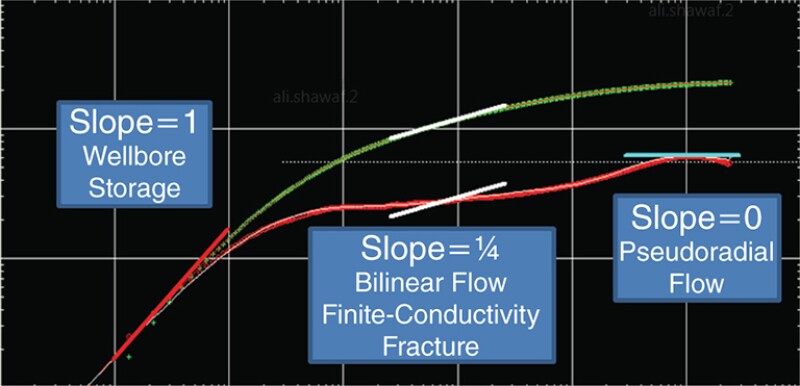Developing tight sandstone reservoirs across a vast area requires proper data collection and analysis. Because of the nature and heterogeneity of these reservoirs, several vertical and horizontal wells must be drilled and completed with multistage hydraulic fractures to assess their potential. An integrated work flow was developed to build a single-well model to predict the production, cumulative gas, and recovery factor for each well. The paper presents findings and key lessons learned to efficiently design pressure-buildup (PBU) tests in tight sandstone reservoirs.
Motivations and Challenges of Drawdown/Buildup Tests in Tight Sands
Pressure-transient analysis (PTA) can provide direct and accurate measurement of fracture and reservoir properties, flow regimes, and possible boundaries or faults away from the wellbore within the radius of investigation in conventional reservoirs.


